Diptera.info :: Identification queries :: Diptera (adults)
Who is here? 1 guest(s)
|
IDENTIFICATION GUIDE TO PSYCHODIDAE 1: Pneumia mutua (Eaton, 1893)
|
|
| Gunnar M Kvifte |
Posted on 03-06-2012 15:20
|
|
Member Location: Kassel, Germany Posts: 436 Joined: 18.08.09 |
These specimens were found on a wall near a wet vertical surface with lots of moss on it. The spines on the CuA2 vein suggested it to be Pneumia mutua (Eaton, 1893), which was confirmed through study of the very same specimens in the lab. Bergen, Norway, may 2012. A good field character for this species may be the big patch of white hairs on the frons. Gunnar M Kvifte attached the following image: 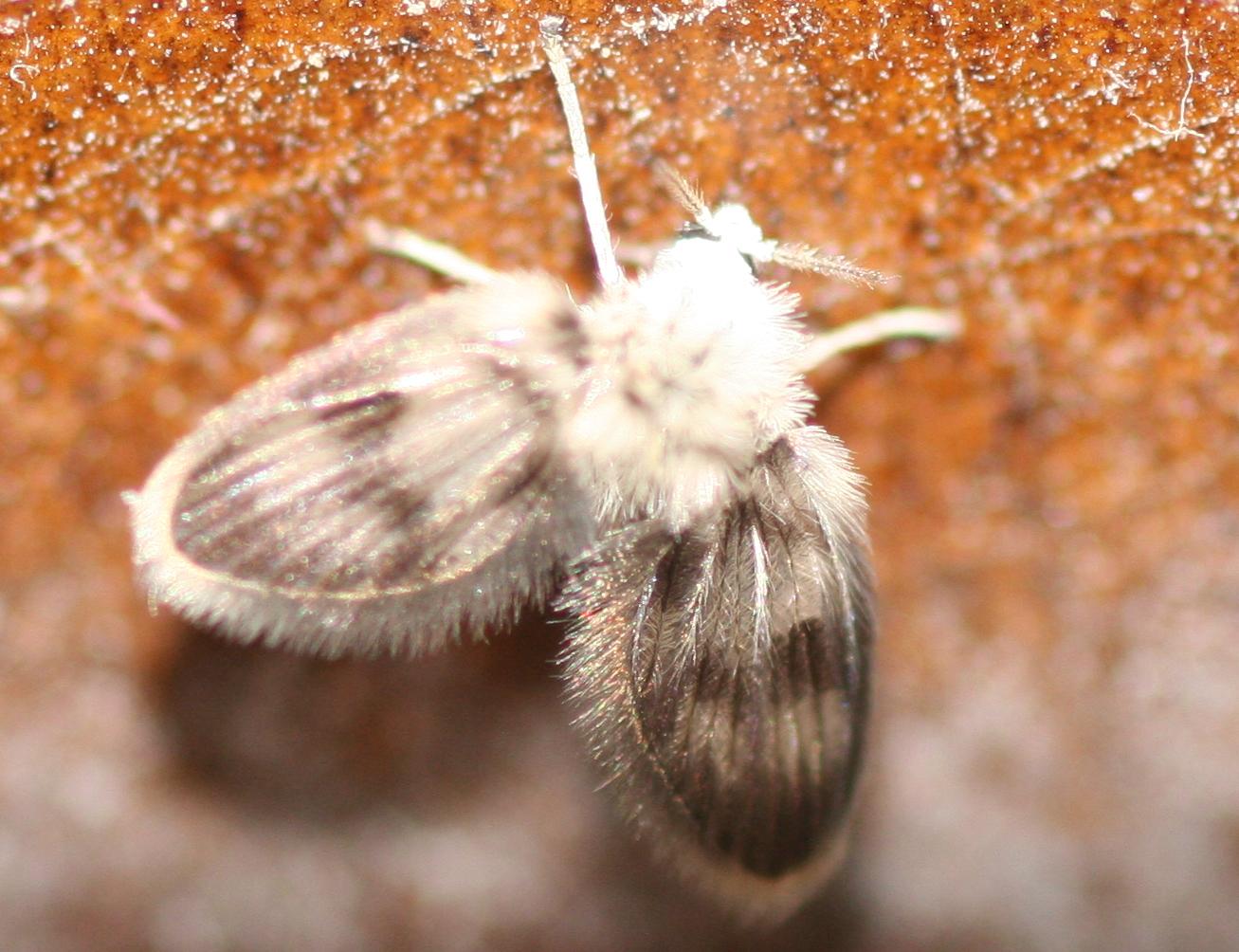 [172.77Kb] Edited by Gunnar M Kvifte on 03-06-2012 15:30 |
|
|
|
| Gunnar M Kvifte |
Posted on 03-06-2012 15:21
|
|
Member Location: Kassel, Germany Posts: 436 Joined: 18.08.09 |
Another specimen of the same species, having lost most of the hair-scales on the wing.
Gunnar M Kvifte attached the following image: 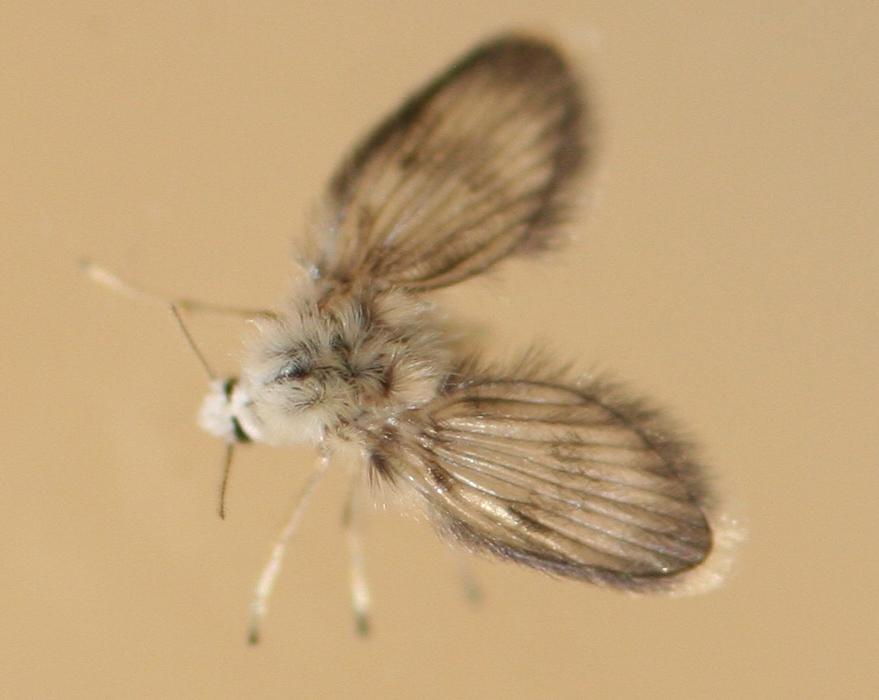 [50.44Kb] |
|
|
|
| Gunnar M Kvifte |
Posted on 03-06-2012 15:26
|
|
Member Location: Kassel, Germany Posts: 436 Joined: 18.08.09 |
Male genitalia of a third specimen, in dorsal view. The spiky side-arms of the aedeagus are very characteristic for P. mutua and can hardly be confused with any other species.
Gunnar M Kvifte attached the following image: 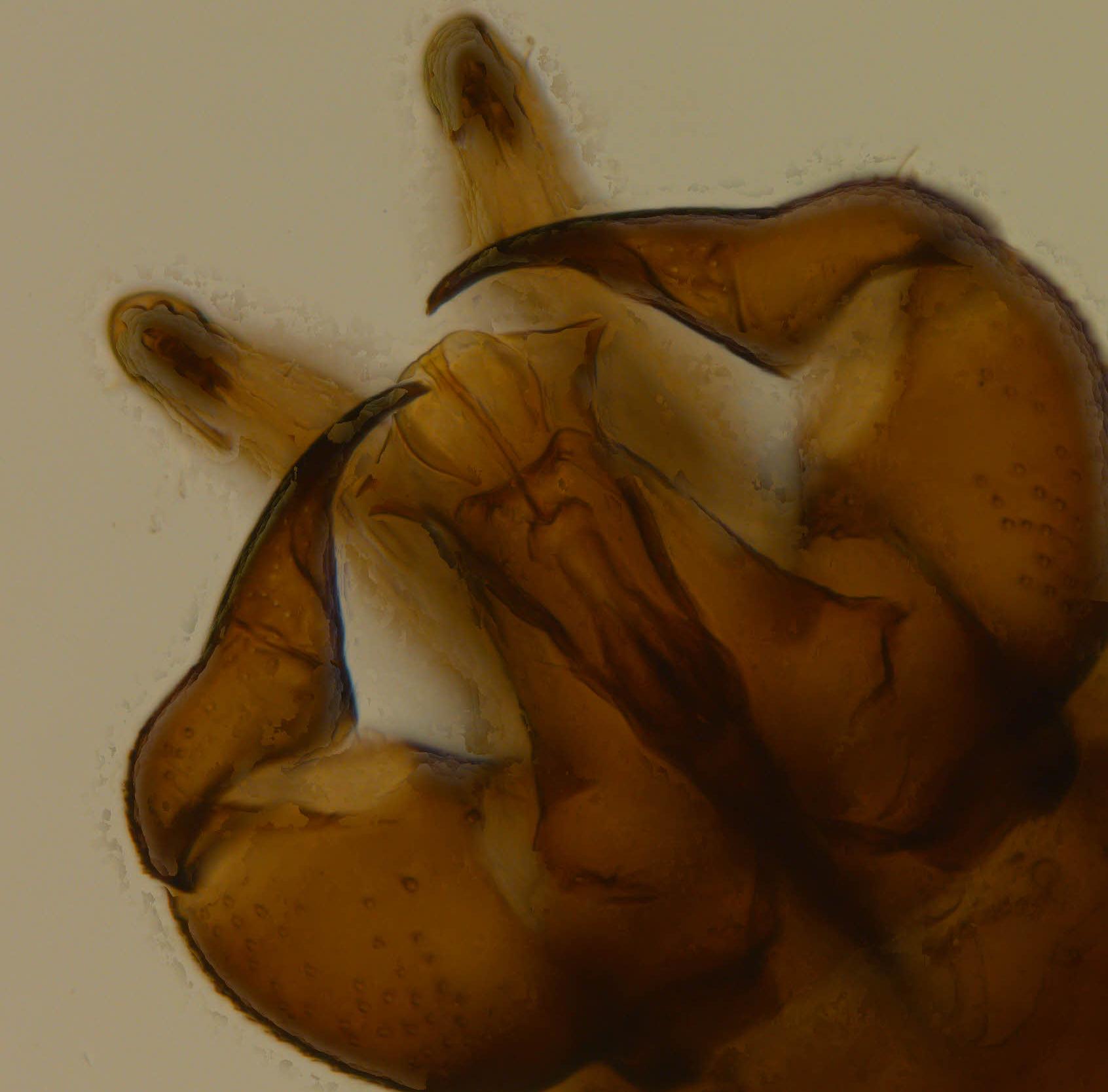 [130.73Kb] |
|
|
|
| Gunnar M Kvifte |
Posted on 03-06-2012 15:29
|
|
Member Location: Kassel, Germany Posts: 436 Joined: 18.08.09 |
Denuded wing seen under the microscope. The CuA2 row of spines is not found in any other Psychodid species.
Gunnar M Kvifte attached the following image: 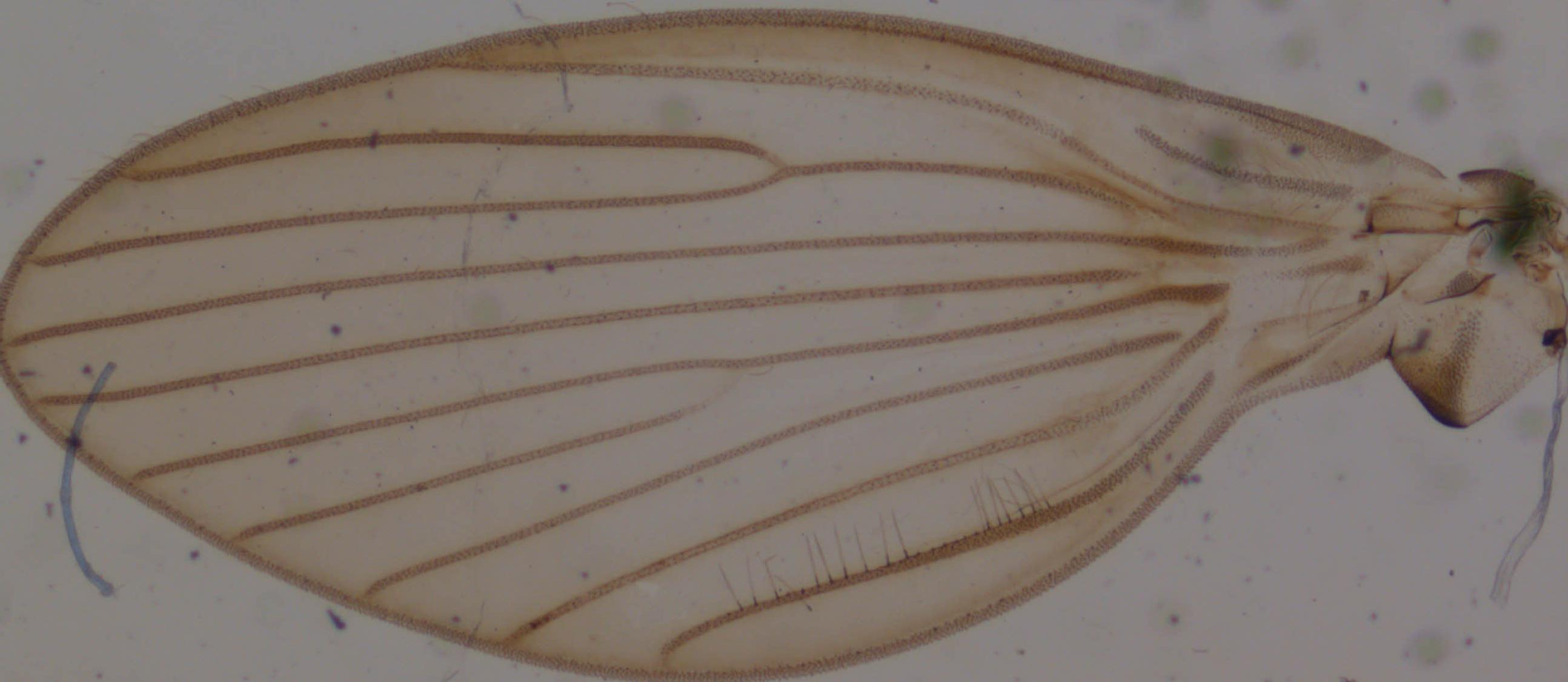 [141.08Kb] |
|
|
|
| Dmitry Gavryushin |
Posted on 03-06-2012 22:08
|
|
Member Location: Moscow region, Russia Posts: 3303 Joined: 17.10.05 |
An impressive effort, good luck. |
|
|
|
| Mark-uk |
Posted on 04-06-2012 13:16
|
|
Member Location: UK - Hampshire Posts: 791 Joined: 01.02.10 |
Yes a very good series of photos I have been trying to get to grips with Psychodidae this year, with mixed results I noticed that you placed this in Pneumia, where on the latest British list this is only a subgenus of Pericoma. Has this been recently elevated? Mark |
|
|
|
| Gunnar M Kvifte |
Posted on 04-06-2012 19:44
|
|
Member Location: Kassel, Germany Posts: 436 Joined: 18.08.09 |
The British list follows the taxonomy of Phil Withers (1989 and others), which is quite different from the opinions of most other specialists. In Europe, it has been the consensus since the early 1970s to consider the Pericoma of old to consist of multiple genera, based mainly on differences in larval and antennal characters. Useable keys to these genera can be found in Vaillant (1971), Wagner (1997) and Krek (1999). The main problem with Pericoma is that it is not yet satisfactorily defined by any author. Traditional characters used to define it in Europe and the Palearctic Region (flagellomeres not differentiated into main bodies and necks, sensory filaments of flagellomeres digitiform or reduced, male genitalia symmetrical) are all plesiomorphies that occur in several independent lineages of Psychodidae elsewhere in the world. The most obvious example of this is the primarily African genus Clytocerus, which also occurs in Europe, Northern Asia and North America - it shares the defining characters of adult Pericoma, but is upon closer examination quite distinct in the structures of the male genitalia. Pneumia is best defined in Vaillant (1976), who calls it Satchelliella due to misunderstandings about zoological nomenclature. The genus was most recently redefined and delimited by Omelková & Ježek (2012). I use the name mostly since the extent of it is relatively unambiguously understood - other specialists understand what I mean when I use the name better than if I had lumped it with Pericoma s.str. Hope this is of any help. References: Krek, S. 1999. Psychodidae (Diptera Insecta) Balkanskog Poluotoka, Studentska Stamparija Univerziteta Sarajevo, Sarajevo. Omelková, M. & Ježek, J. 2012. Two new species of Pneumia Enderlein (Diptera, Psychodidae, Psychodinae) from the Palearctic region. Zootaxa, 3180, 1-18. Vaillant, F. 1971. Psychodidae - Psychodinae. Pp. 1-48 in: Lindner, E. (ed.) Die Fliegen der Palaearktischen Region. Lief. 287. E. Schweizerbart'scheVerlagsbuchhandlung, Stuttgart. Vaillant, F. 1976. Psychodidae - Psychodinae. Pp. 183-206 in: Lindner, E. (ed.) Die Fliegen der Palaearktischen Region. Lief. 313. E. Schweizerbart'scheVerlagsbuchhandlung, Stuttgart. Wagner, R. 1997. Family Psychodidae. Pp. 205-226 in: Papp, L. & Darvas, B. (eds) Contributions towards a Manual of Palearctic Diptera. Volume 2. Budapest: Science Herald. Withers, P. 1989. Moth Flies Diptera: Psychodidae. Dipterists Digest, 4, 1-83. |
|
|
|
| Mark-uk |
Posted on 07-06-2012 13:51
|
|
Member Location: UK - Hampshire Posts: 791 Joined: 01.02.10 |
Hi Gunnar That is really helpful I have a copy of the Withers, P. 1989 and this seems OK for what it is. Peter Chanler said he would provide me with the test keys of a document that is intended to replce this in time. Do you know if any of the other refernce are available as PDFs? I am having problems with setting the specimens in Euparal and getting too much shrinkage as it dries. and it's very hit and miss as to whether the genitalia end up in a useable possition when dry. Mark |
|
|
|
| Jump to Forum: |


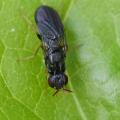



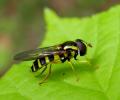
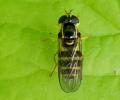

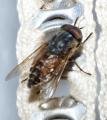
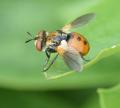


 but don't see the image in the post.
but don't see the image in the post.
